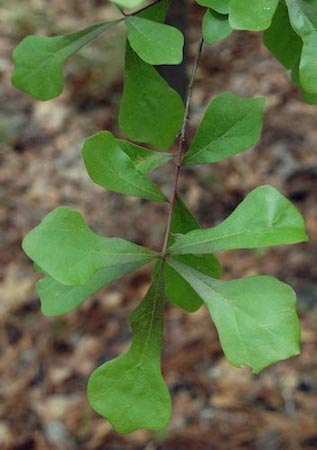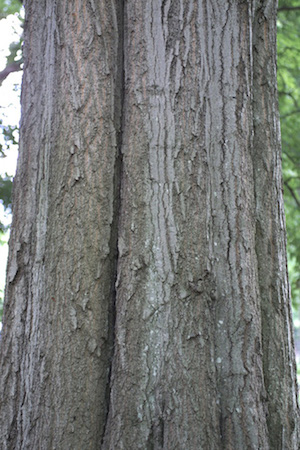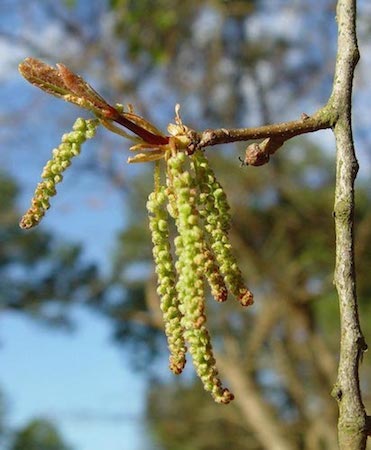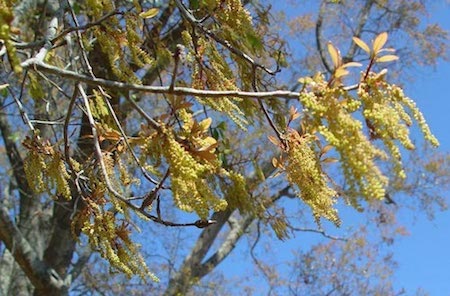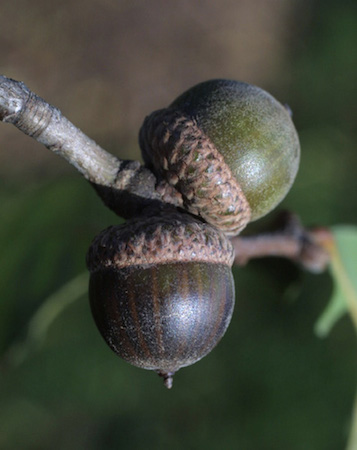Water Oak
Specifications
- Also known as: Possum oak
- Latin (scientific) name: Quercus nigra
- Life expectancy: 75 years
- Height: 80 feet
- Circumference: 19.2 feet (230 inches)
-
The height and circumference measurements listed above are for the largest-known of this species in the Atlanta area. We had the privilege of inspecting this tree and nominating it as the Atlanta City Champion water oak. It is located on private property in southwest Atlanta.
-
Special characteristics:
The water oak grows very fast. It fills out and is quite a handsome tree until it gets old. Then it tends to fall apart because of its enormous weight.
-
Annoyance factors:
The water oak often gets root and trunk rot. When its trunk grows to over 4 feet in diameter, it is prone to breaking apart. The tree sheds profusely, but mostly small branches. When the wind blows, there is plenty of kindling to pick up.
During an ice storm, water oak is the first species of oak to drop live branches because the wood is so brittle due to its fast growth rate.
Acorns are small, about 1/2 inch. They provide a good source of food for turkeys, quail, ducks, deer and other small mammals.
-
Fun Facts:
This tree loves wet conditions and will stun you with its rapid growth. Annual rings can show the tree growing upwards to 1.5 inches in diameter per year! This is one tree you would not want to plant near your house. Give it a full yard to thrive.
The wood of a water oak is worthless for furniture-making because it cracks so easily.
-
Photo Credits:
Bark: Steven J. Baskauf, Vanderbilt University Bioimages
Leaf: Chris Evans, Illinois Wildlife Action Plan, Bugwood.org
Acorns: Steven J. Baskauf, Vanderbilt University Bioimages
Flowers (1) and (2): Chris Evans, Illinois Wildlife Action Plan, Bugwood.org

